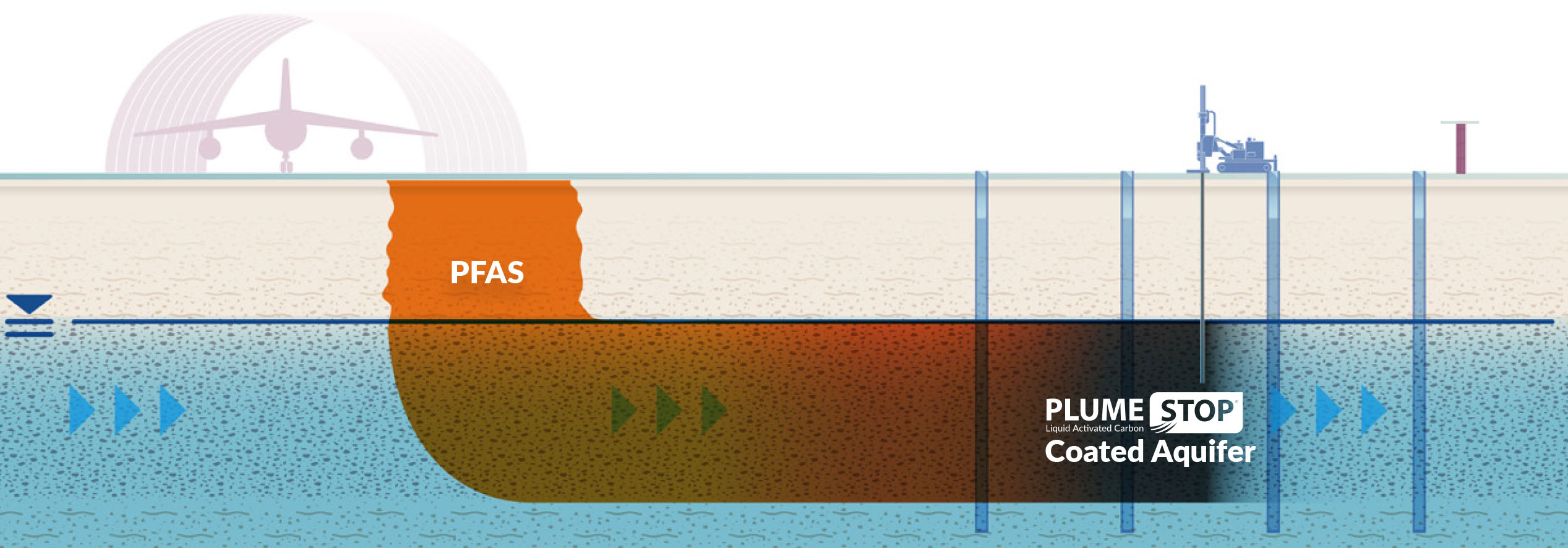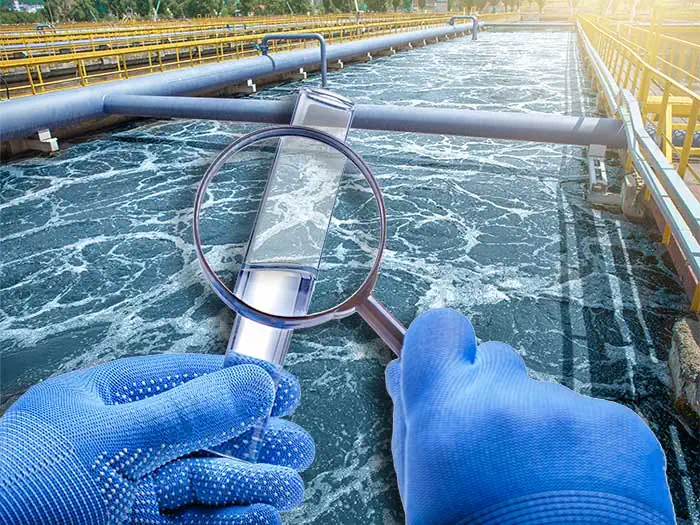PFAS Waste Management for Safer Disposal and Environmental Protection
Cutting-edge PFAS Therapy Solutions for Safer Water
The boosting occurrence of PFAS contamination in water products demands an essential examination of innovative therapy options. Advanced filtration technologies and novel chemical therapies existing encouraging methods for decreasing these consistent pollutants. In addition, arising bioremediation methods use an even more lasting strategy to taking on PFAS difficulties. As regulatory structures remain to adjust, recognizing the efficiency and scalability of these options comes to be critical. What effects do these developments hold for public health and wellness and ecological restoration, and just how can stakeholders successfully execute them in varied contexts?
Overview of PFAS Contamination
PFAS contamination has actually arised as a considerable ecological and public health and wellness problem. Per- and polyfluoroalkyl materials (PFAS) are a group of artificial chemicals known for their persistence in the atmosphere and body, leading them to be typically referred to as "forever chemicals." These substances have actually been extensively made use of in different markets, consisting of firefighting foams, water-repellent materials, and food packaging, primarily because of their water- and grease-resistant properties.
The extensive use PFAS has actually caused their detection in dirt, water materials, and even in the blood of humans and pets. Researches have linked PFAS exposure to numerous wellness issues, including developmental effects in babies, immune system dysfunction, and numerous kinds of cancer. In addition, the ecological perseverance of these compounds complicates their degradation and elimination, elevating issues concerning long-lasting ecological influences.
Governing bodies are increasingly carrying out rigid standards to keep an eye on and lower PFAS levels in drinking water and other environmental mediums. As recognition of PFAS contamination expands, it has become crucial for neighborhoods and industries to seek reliable therapy services to alleviate direct exposure and secure public health.
Advanced Filtration Technologies
As the urgency to address PFAS contamination magnifies, advanced filtration technologies have become an essential element in the remediation efforts targeted at removing these relentless chemicals from water resources. These technologies leverage innovative systems to effectively target and capture PFAS compounds, which are infamously immune to conventional treatment methods.
Among the most promising techniques is using granular triggered carbon (GAC), which adsorbs PFAS particles as a result of its high area and porous framework. This method has actually been commonly executed in both community and industrial setups, demonstrating considerable reductions in PFAS focus. In addition, ion exchange materials have obtained grip, especially made to selectively bind PFAS ions from water, thus facilitating their removal.
Membrane filtration modern technologies, such as reverse osmosis and nanofiltration, also show efficiency in PFAS removal by physically dividing impurities from water - pfas management. These systems can attain high degrees of purity, making them suitable for alcohol consumption water applications
Chemical Therapy Innovations
Many chemical treatment developments are being discovered to efficiently deal with PFAS contamination in water materials. One appealing method includes making use of advanced oxidation procedures (AOPs), which make use of powerful oxidants such as ozone, hydrogen peroxide, or chlorine dioxide incorporated with UV light to damage down PFAS substances into less unsafe materials. This technique has actually demonstrated efficiency in lab setups, my review here revealing potential for scalability in real-world applications.
An additional innovative method is the advancement of ion-exchange resins particularly developed to target PFAS. These resins can uniquely adsorb PFAS compounds from water, permitting for their elimination throughout therapy procedures. Current advancements have actually enhanced the effectiveness and ability of these materials, making them a positive alternative for water treatment centers.
In addition, researchers are investigating making use of chemical agents like persulfate and ferrous ions to improve the degradation of PFAS in infected water. These agents can generate chemical responses that promote the breakdown of persistent PFAS substances.
Arising Bioremediation Techniques
Current developments in chemical treatment developments have actually paved the way for exploring bioremediation techniques as a viable option for attending to PFAS contamination. Bioremediation utilizes the natural metabolic processes of bacteria to weaken or change contaminants, making it an enticing technique for dealing with relentless contaminants like PFAS.
Arising techniques in bioremediation include making use of genetically crafted microbes that can especially target and damage down PFAS compounds. These microbial strains are being established for their improved degradation abilities, raising the efficiency of the remediation procedure. Additionally, scientists are exploring the possibility of plant-assisted bioremediation, where certain plant varieties might uptake and sequester PFAS from contaminated soil and water.
One more promising strategy is the application of bioaugmentation, which involves introducing helpful microorganisms into polluted atmospheres to increase the destruction of PFAS. This method can facilitate faster removal timelines and boost overall effectiveness.

Regulatory Structures and Requirements
A detailed regulative framework is necessary for efficiently taking care of PFAS contamination and ensuring public health security. The increasing acknowledgment of per- and polyfluoroalkyl materials (PFAS) as toxic wastes has actually triggered different federal and state companies to establish requirements that regulate their visibility in water supplies. The U.S. Environmental Defense Agency (EPA) has actually developed health and wellness advisories and is pursuing establishing enforceable limits for PFAS in alcohol consumption water.
State-level laws differ dramatically, with some states taking on more stringent standards than those proposed by the EPA. These policies frequently include optimum contaminant degrees (MCLs) for certain PFAS compounds, tracking requirements, and reporting obligations for water energies. Additionally, arising structures concentrate on the remediation of contaminated websites, stressing the need for reliable treatment technologies.

Conclusion
To conclude, the growth and implementation of innovative PFAS therapy remedies are important for attending to the pervasive issue of water contamination. Advanced filtration technologies, chemical treatments, and emerging bioremediation strategies jointly provide a multifaceted strategy to successfully reduce and break down PFAS levels. As governing frameworks proceed to evolve, integrating these technologies will be vital to guard public health and bring back the stability of contaminated water sources, eventually contributing to a cleaner and more secure environment.